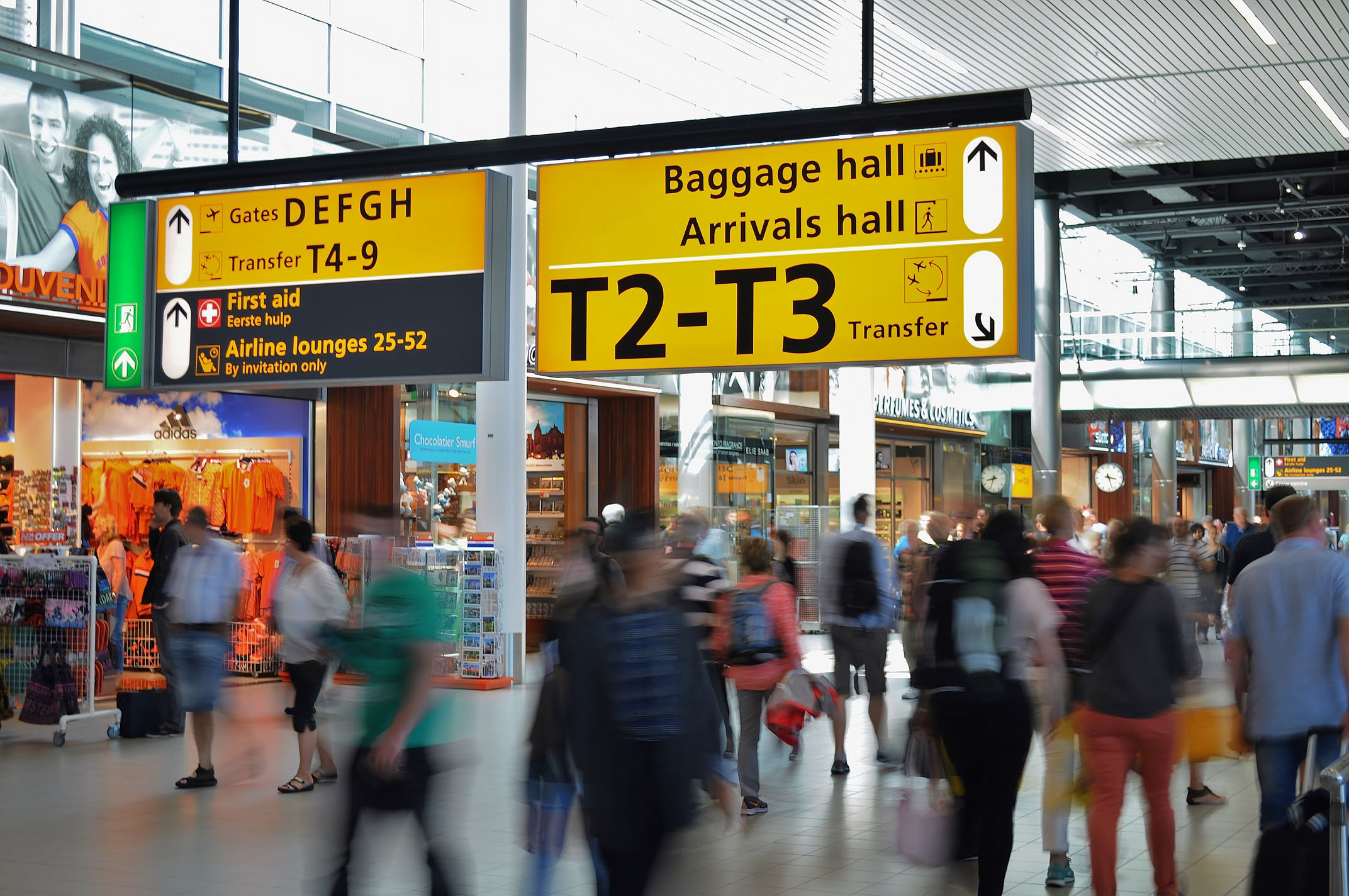IoT & Embedded Technology Blog
Enhancing the Airport Experience with IoT
By Gyda Sumadi
In a city like London, where there are five airports for travelers to choose from, airports need to optimize the experience they provide flyers. Travelers are accustomed to interactive displays for announcements, kiosks and electronic check-ins, and weather and delay updates via smartphones. So then, how can airports continue to improve? To be competitive, they will have to become “Smart Airports.”
 Airports are time-critical places; downtime causes expensive yet preventable costs. IoT enables operational efficiency, which reduces overhead through forecasting and planning. Operational efficiency is the liaison to value creation for travelers, and sustainable revenue growth is the following complement. Therefore, all stakeholders win with the introduction of integrated advanced and connected technology.
Airports are time-critical places; downtime causes expensive yet preventable costs. IoT enables operational efficiency, which reduces overhead through forecasting and planning. Operational efficiency is the liaison to value creation for travelers, and sustainable revenue growth is the following complement. Therefore, all stakeholders win with the introduction of integrated advanced and connected technology.
Operational efficiency in London City Airport
Pedestrian traffic in airports causes bottlenecks, which slows operations and frustrates customers. The London City Airport received £800K of funding from the Technology Strategy Board (TBS) to become a “Smart Airport” and mitigate many of these frustrations. Cameras and sensors in the airport count the number of people moving through the terminal. This data determines if more passport desks need to open due to increased traffic flow, preventing the oncoming bottleneck. IoT reduces the length of the lines at London City Airport by providing customers with estimated wait times at checkpoints, communicating when travelers should continue to their gates or other locations.
Asset tracking in London City Airport monitors the movement of equipment that services outbound flights. This enables the right airport equipment to be prepared prior to landing and takeoff, to reduce turnaround time for flights.
Personalization in Miami International Airport
Operational efficiency is the foundation of a positive passenger experience but added benefits, such as location-based services, are how revenue is enhanced. Miami International Airport’s MIA Airport Official mobile app provides services related to travelers’ position in the airport, enabling personalized directions for each traveler. With that personalization, travelers can pre-order food and beverages for at-seat delivery and receive notifications from nearby retail promotions. Customers willingly pay extra for this convenience, directly increasing revenue while improving passenger experience.
Why all airports are not “Smart Airports”
“Smart Airports” are an altering travel experience and an emerging business model, as the data generated through the connected devices can be immensely valuable. However, these improvements mandate data security measures, which requires advanced and expensive infrastructure that is not easily affordable. Many large airports have postponed IoT developments due to financial constraints, as realizing full value-add requires connectivity and data collection for comprehensive airport functions rather than just for a few isolated operations.
What’s next?
Another airport operational challenge that pains travelers is baggage handling. With IoT improvements, arriving passengers will want to track their checked baggage location and receive estimated wait times for their particular bag to appear on the carousel. Which airport will be the first to offer this?
View the 2017 IoT & Embedded Technology Research Outline to learn more.